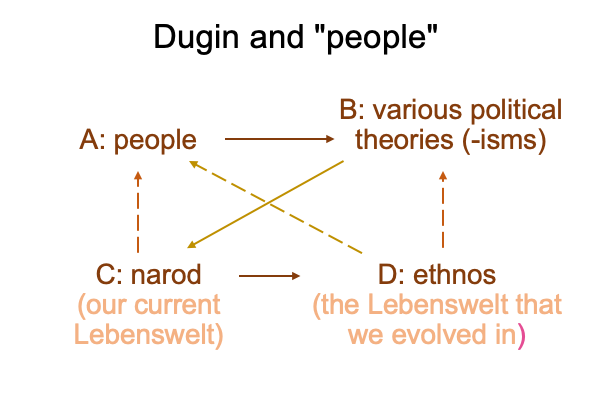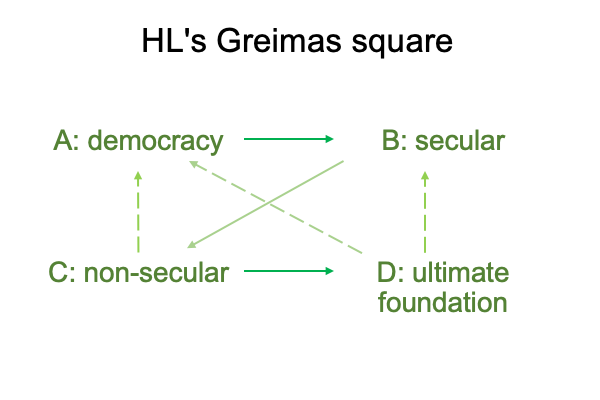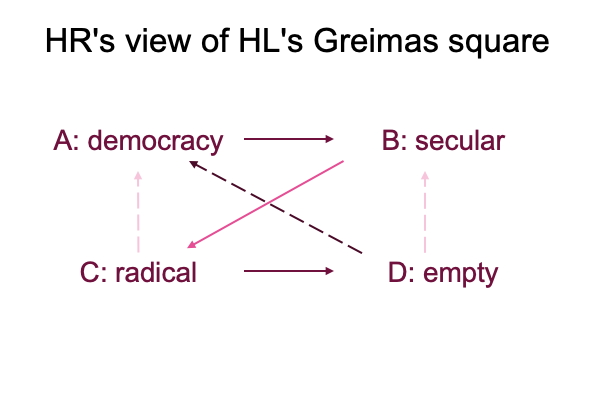Looking at Michael Millerman’s Chapter (2022) “…On Strauss and Dugin” (Part 9 of 10)
0121 The third task elaborates a philosophy of chaos.
Why?
The narod, the ethnos born into our current Lebenswelt, confronts chaos.
How so?
0122 Here is a narrative that addresses mythos.
0123 The ethnos corresponds to us in the Lebenswelt that we evolved in. In terms of culture, the ethnos consists of social circles within social circles (friends, intimates, family, teams, band, community, mega-band and tribe), as described in Comments on Clive Gamble, John Gowlett and Robin Dunbar’s Book (2014) Thinking Big. These social circles adapt to one another and promote human flourishing. These social circles operate in harmony. These social circles are the foundations of the human sense of belonging.
0124 Then, the first singularity casts all that away. Humans abandon the hand-talk component of their hand-speech talkin their efforts to mimic wealthier and more powerful cultures, who practice speech-alone talk.
The narod corresponds to us in our current Lebenswelt. Because speech-alone talk potentiates unconstrained labor and social complexity, our social circles no longer work in harmony. Indeed, new “social circles” are formulated, using specialized languages that come into being explicitly to exploit some advantage, like turning blue rock into copper metal or rotting milk into delicious cheese.
0125 The narod cannot return to the ethnos, even though the ethnos characterizes what we evolved to be. Yet, somehow, we intuitively recall the harmony of the social circles, the pleasures of constrained complexity and the sense of belonging. Plus, we acknowledge that we are cast out of that world and our new world is ruled by a demiurge, a fantastic and cruel leviathan that draws people into organization. This monster is visualized in chapter 6A in An Archaeology of the Fall.
0126 Out of a narod comes a people.
People long for order. A people establishes an order. Or, does an order establish a people?
There are two ways to establish order. Often, order spontaneously occurs. Sometimes, order is imposed. To the latter, the former appears as chaos. How so? Spontaneous order cannot be imposed. Indeed, imposed order is threatened by chaos from without. Imposed order is threatened by chaos from within. And worse, the purveyors of an imposed ordermay feed off the fruits produced by a spontaneous order.
Some people call these purveyors, “Parasites.”
Parasites are agents of chaos, insofar as they prefer a fragile imposed order to a robust spontaneous order.
0127 Yes, there is a logos that walks with this mythos.
Dugin’s third task asks, “What is the philosophy of chaos?”













